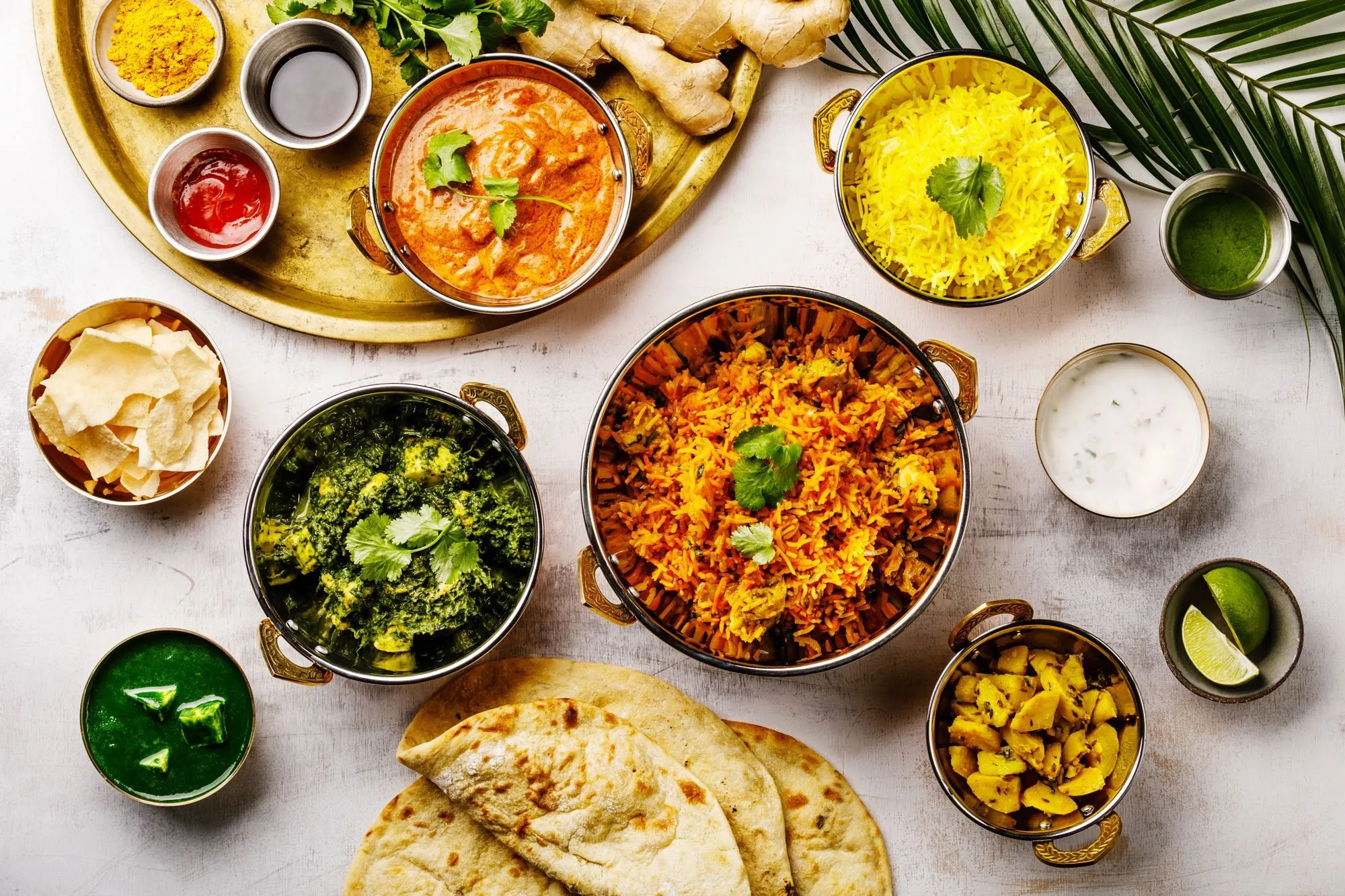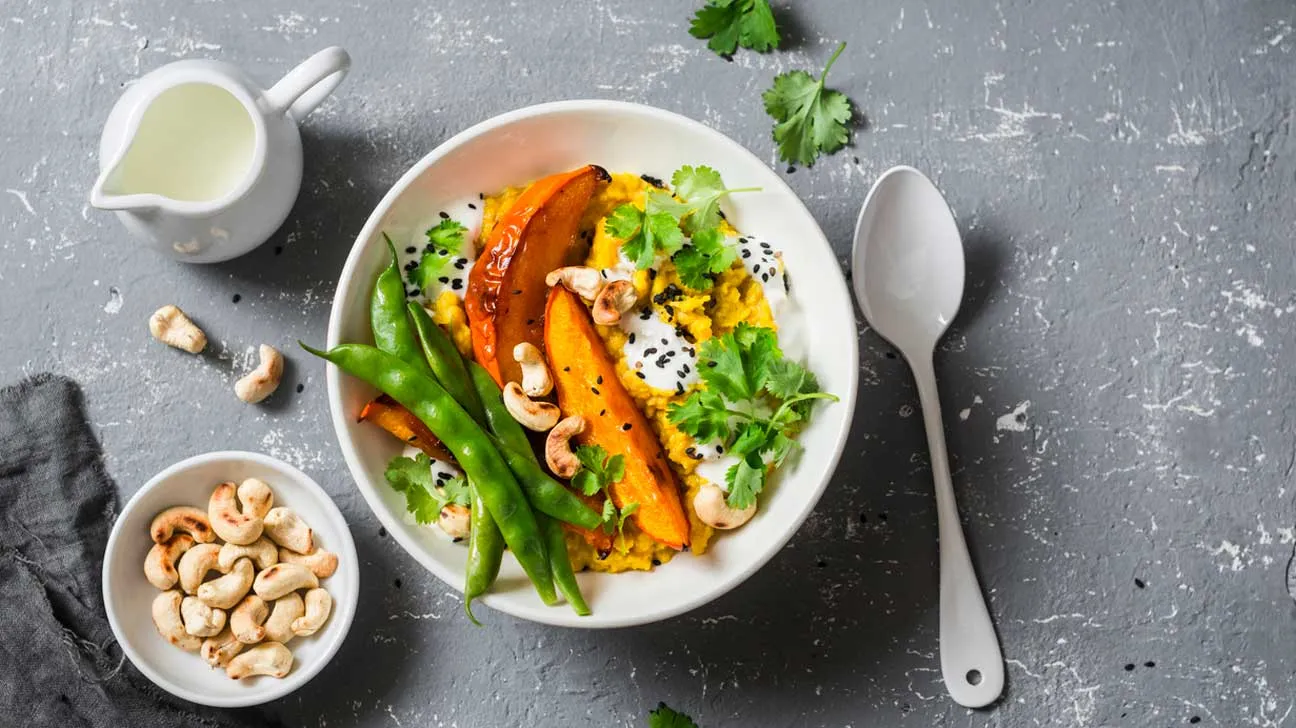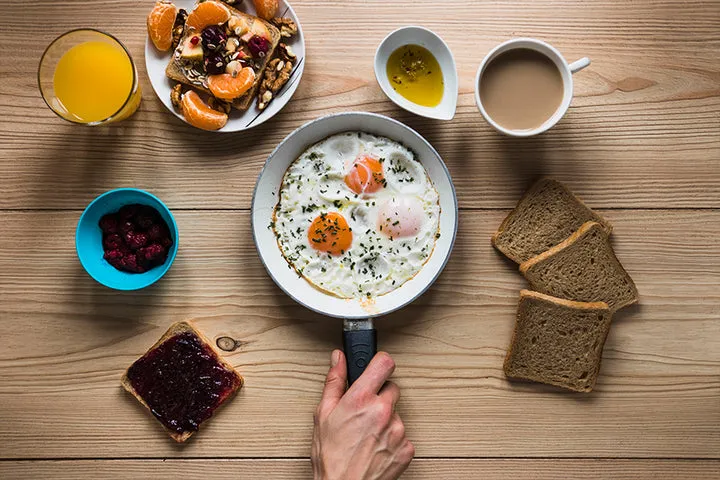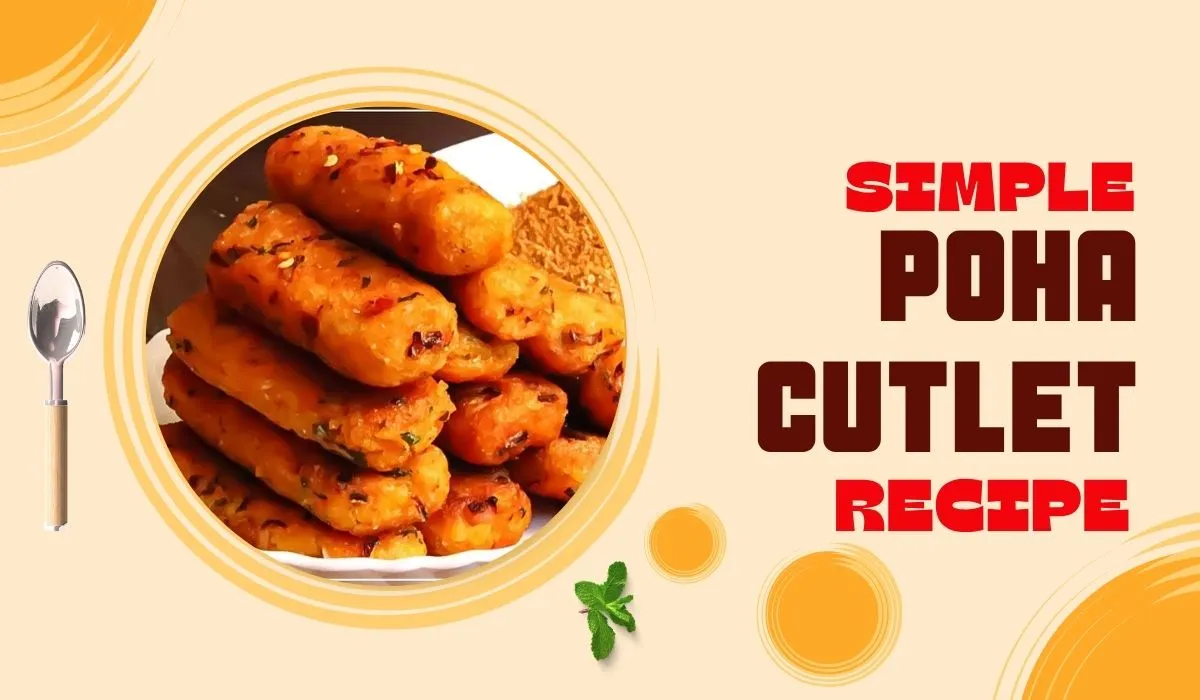Are you looking to spice up your kitchen adventures? I remember when I first fell in love with Indian cooking - the rich aromas filling my apartment, the colorful spices lining my shelves, and the incredible flavors that transformed simple ingredients into something magical. Today, I'm excited to share my experiences and guide you through the wonderful world of traditional Indian food recipes for beginners.
Traditional Indian Food Recipes for Beginners: Where to Start
When I first started cooking Indian food, I felt overwhelmed by the long lists of spices and unfamiliar techniques. But don't worry! The journey into Indian cooking can be simple and rewarding with the right guidance.
Indian cuisine is incredibly diverse, with dishes varying from region to region. The good news is that many classic recipes are actually quite beginner-friendly once you understand a few basics.
Essential Spices for Traditional Indian Cooking
The heart of Indian cooking lies in its spices. While professional Indian kitchens might use dozens of spices, you can create authentic flavors with just a few key ingredients:
- Cumin seeds - earthy and warm
- Turmeric powder - gives that golden color
- Coriander powder - citrusy and mild
- Garam masala - a blend of warming spices
- Red chili powder - adjust to your heat preference
- Mustard seeds - for tempering dishes
I keep these in small containers on my counter for easy access. When I started, I bought small amounts to test them out before investing in larger quantities.
Basic Equipment for Indian Cooking Beginners
The good news is that you don't need fancy equipment to cook Indian food at home! Here's what I use most often:
- A deep, heavy-bottomed pan or kadai
- A pressure cooker (optional but helpful for lentils and beans)
- A flat pan for making bread
- Wooden spoons and a good knife
Traditional Indian Food Recipes for Beginners: Comforting Dal
Let me share one of the first Indian recipes I mastered - a simple yellow dal (lentil soup). This protein-rich dish is a staple in Indian homes and is super easy to make!
Easy Masoor Dal Recipe
Ingredients:
- 1 cup red lentils (masoor dal)
- 3 cups water
- 1 small onion, finely chopped
- 2 tomatoes, chopped
- 2 green chilies, slit (optional)
- 1 teaspoon turmeric powder
- 1 teaspoon cumin seeds
- 2 cloves garlic, minced
- 1-inch piece ginger, grated
- 2 tablespoons oil or ghee
- Salt to taste
- Fresh cilantro for garnish
Instructions:
- Wash the lentils thoroughly until the water runs clear.
- In a pot, add lentils, water, turmeric, and salt. Bring to a boil, then simmer for 15-20 minutes until soft.
- In a separate pan, heat oil and add cumin seeds until they sputter.
- Add chopped onions and sauté until golden brown.
- Add garlic and ginger, cooking for another minute.
- Add chopped tomatoes and green chilies, cooking until tomatoes soften.
- Pour this tempering mixture into the cooked lentils and mix well.
- Simmer for 5 more minutes to blend the flavors.
- Garnish with fresh cilantro before serving.
I love serving this with plain rice or roti (flatbread). The first time I made this for my friends, they couldn't believe how flavorful such a simple dish could be!
Mastering Indian Bread: Simple Roti Recipe
Homemade Indian bread might sound intimidating, but the basic roti is surprisingly straightforward. I make these at least once a week now!
Easy Whole Wheat Roti
Ingredients:
- 2 cups whole wheat flour (atta)
- 3/4 cup warm water (approximately)
- 1/2 teaspoon salt
- 1 tablespoon oil (plus extra for cooking)
Instructions:
- Mix flour and salt in a large bowl.
- Gradually add warm water while kneading until you form a soft, pliable dough.
- Add 1 tablespoon oil and knead for 2-3 more minutes.
- Cover with a damp cloth and let rest for 20-30 minutes.
- Divide the dough into 8-10 equal portions and roll into balls.
- On a floured surface, roll each ball into a thin circle (about 6-7 inches).
- Heat a flat pan on medium-high heat.
- Place the rolled roti on the hot pan. When bubbles form (about 30 seconds), flip it.
- Cook the other side for 30 seconds, then using tongs, place it directly on a low flame for a few seconds until it puffs up.
- Remove from heat and apply a small amount of ghee or butter if desired.
The first few rotis may not be perfect, but don't get discouraged! I ruined quite a few before getting the hang of it. Now making rotis is almost meditative for me.
Traditional Indian Food Recipes for Beginners: Vegetable Curry
A versatile mixed vegetable curry is another fantastic recipe for beginners. You can customize it based on whatever vegetables you have on hand!
Simple Mixed Vegetable Curry
Ingredients:
- 3 cups mixed vegetables (potatoes, carrots, peas, cauliflower, beans)
- 1 large onion, finely chopped
- 2 tomatoes, pureed
- 2 tablespoons oil
- 1 teaspoon cumin seeds
- 1 teaspoon turmeric powder
- 1 teaspoon coriander powder
- 1/2 teaspoon red chili powder (adjust to taste)
- 1/2 teaspoon garam masala
- Salt to taste
- Fresh cilantro for garnish
- 1 cup water
Instructions:
- Heat oil in a pan and add cumin seeds. Let them sputter.
- Add chopped onions and sauté until golden brown.
- Add tomato puree and cook until oil separates from the mixture.
- Add all the spices and salt, cooking for another minute.
- Add chopped vegetables and mix well to coat with the spice mixture.
- Add water, cover, and cook on medium heat for 15-20 minutes until vegetables are tender.
- Sprinkle garam masala and garnish with fresh cilantro.
This curry goes great with both rice and roti. I often make a larger batch and enjoy the leftovers the next day – the flavors develop even more overnight!
Easy Indian Rice Dishes for Beginners
Rice is a staple in Indian cuisine, and while plain rice is always good, a simple jeera (cumin) rice elevates any meal with minimal effort.
Fragrant Jeera Rice
Ingredients:
- 1 cup basmati rice
- 2 cups water
- 1 tablespoon ghee or oil
- 1 teaspoon cumin seeds
- 1 bay leaf
- 2-3 cloves
- 1 small cinnamon stick
- Salt to taste
Instructions:
- Wash rice until water runs clear, then soak for 20 minutes. Drain well.
- Heat ghee in a pot and add cumin seeds, bay leaf, cloves, and cinnamon.
- When spices become fragrant (about 30 seconds), add drained rice and sauté for 2 minutes.
- Add water and salt, bringing to a boil.
- Reduce heat to low, cover, and cook for 15 minutes.
- Remove from heat and let it stand, covered, for 5 minutes.
- Fluff with a fork before serving.
The first time I made this, the beautiful aroma filled my kitchen, and I was amazed at how such simple additions could transform plain rice!
Classic Potato Dish: Aloo Jeera
Aloo jeera (cumin potatoes) is one of the simplest yet most flavorful side dishes in Indian cuisine. It was one of the first dishes I learned to make!
Easy Aloo Jeera Recipe
Ingredients:
- 4 medium potatoes, boiled, peeled and cubed
- 2 tablespoons oil or ghee
- 2 teaspoons cumin seeds
- 1 green chili, finely chopped (optional)
- 1/2 teaspoon turmeric powder
- 1/2 teaspoon red chili powder
- 1 teaspoon amchur (dried mango powder) or juice of half a lemon
- Salt to taste
- Fresh cilantro for garnish
Instructions:
- Heat oil in a pan and add cumin seeds. Let them sputter.
- Add green chili and sauté for 30 seconds.
- Add the boiled potato cubes and mix gently.
- Add turmeric, red chili powder, and salt. Mix carefully to avoid breaking the potatoes.
- Cook on medium heat for 5-7 minutes, stirring occasionally.
- Sprinkle amchur or lemon juice and mix well.
- Garnish with fresh cilantro before serving.
This dish is perfect with roti or as a side with dal and rice. My friends always request this when they come over for dinner!
Sweet Endings: Simple Indian Dessert
No Indian meal feels complete without something sweet! Let me share a super easy semolina pudding (sooji halwa) that requires just a few ingredients.
Quick Sooji Halwa
Ingredients:
- 1 cup semolina (sooji/rava)
- 1/2 cup ghee or butter
- 1/2 cup sugar
- 2.5 cups water
- 1/4 teaspoon cardamom powder
- 2 tablespoons mixed nuts (cashews, almonds, raisins), chopped
Instructions:
- Heat ghee in a pan and add chopped nuts. Sauté until lightly golden.
- Add semolina and roast on low-medium heat until it turns light golden brown and gives off a nutty aroma (about 5-7 minutes).
- In a separate pot, bring water and sugar to a boil until sugar dissolves completely.
- Carefully add the hot sugar water to the roasted semolina. Be cautious as it might splatter.
- Mix continuously to avoid lumps.
- Add cardamom powder and mix well.
- Cook until the mixture thickens and starts leaving the sides of the pan.
- Serve warm or at room temperature.
I still remember making this for the first time – I was amazed at how just a few simple ingredients could create such a delicious dessert!
Tips and Tricks for Beginners in Indian Cooking
After years of cooking Indian food, here are some tips I wish someone had told me when I was starting:
- Toast your spices briefly before using them to enhance their flavor
- Prep ingredients before you start cooking, as many Indian recipes move quickly
- Don't fear substitutions - no amchur powder? Lemon juice works great!
- Start with less chili and adjust to your taste preference
- Practice makes perfect with bread making - don't get discouraged
One thing that helped me was keeping a small notebook where I wrote down what worked and what didn't. Indian cooking is forgiving and allows for lots of personalization!
Health Benefits of Traditional Indian Cooking
One reason I fell in love with Indian cooking is its focus on wholesome ingredients and balanced nutrition. Many traditional recipes naturally incorporate:
- Anti-inflammatory spices like turmeric and ginger
- Protein-rich lentils and beans
- Fiber-filled whole grains
- Plenty of vegetables
- Healthy fats from nuts and seeds
Dr. Anjali Mukerjee, a renowned nutritionist, says: "Traditional Indian cooking, with its emphasis on spices, vegetables, and balanced meals, offers tremendous health benefits. The combination of turmeric, ginger, and other spices provides antioxidants, while the variety of lentils offers plant-based protein that's gentle on the planet and nourishing for our bodies."
I've noticed that incorporating these foods into my diet has improved my energy levels and overall well-being!
Common Mistakes to Avoid in Indian Cooking
We all make mistakes when learning something new. Here are some common pitfalls I've experienced and how to avoid them:
- Burning spices - Always cook whole spices on medium-low heat
- Overcooking vegetables - Indian vegetables are often cooked longer than in Western cuisine, but still watch carefully to avoid mushiness
- Using too much oil - Traditional recipes can be adapted to use less oil
- Skipping the "bhunao" step - Properly sautéing onion-tomato base is crucial for flavor development
- Not tasting as you go - Adjust seasonings gradually
Remember, every "mistake" is a learning opportunity. Some of my kitchen disasters have led to discovering new flavor combinations!
Frequently Asked Questions About Traditional Indian Cooking
What are the most important spices for an Indian kitchen?
If you're just starting out, focus on: turmeric, cumin (seeds and powder), coriander powder, garam masala, red chili powder, and mustard seeds. These will allow you to make many basic dishes.
Can I reduce the heat level in Indian recipes?
Absolutely! Adjust the amount of chili powder or fresh chilies to your preference. Many authentic Indian dishes are actually quite mild, with heat added according to personal taste.
How can I make Indian cooking less time-consuming?
Prep work is key! Chop vegetables and measure spices in advance. Also, consider making larger batches of basics like ginger-garlic paste and freezing them in small portions.
Are there shortcuts for making Indian food when I'm busy?
Yes! Keep pre-made spice blends on hand, use canned tomatoes instead of fresh ones when needed, and consider getting a pressure cooker for quick-cooking lentils and beans.
How long do Indian spices last?
Whole spices can last 1-2 years when stored properly in airtight containers away from heat and light. Ground spices are best used within 6 months for maximum flavor.
Expert Opinions on Starting Your Indian Cooking Journey
Chef Sanjeev Kapoor, one of India's most celebrated chefs, advises: "Begin with simple dishes that build your confidence. Master a basic dal or vegetable curry before moving to more complex recipes. Understanding the sequence of adding ingredients is more important than having dozens of spices."
Cookbook author Madhur Jaffrey suggests: "Don't be intimidated by Indian cooking. Start with a few simple recipes that you enjoy eating. The techniques are straightforward, and once you understand the basic principles, you can apply them to create numerous dishes."
Final Thoughts on Traditional Indian Food Recipes for Beginners
My journey into Indian cooking has been one of the most rewarding culinary adventures of my life. What started as simple experimentation has turned into a passion that connects me with a rich cultural heritage and provides endless opportunities for creativity in the kitchen.
Remember that cooking is about joy and nourishment, not perfection. Each time you prepare these dishes, you'll gain confidence and develop your own style. Soon you'll be adding your personal touch to these traditional Indian food recipes for beginners and creating your own signature versions!







